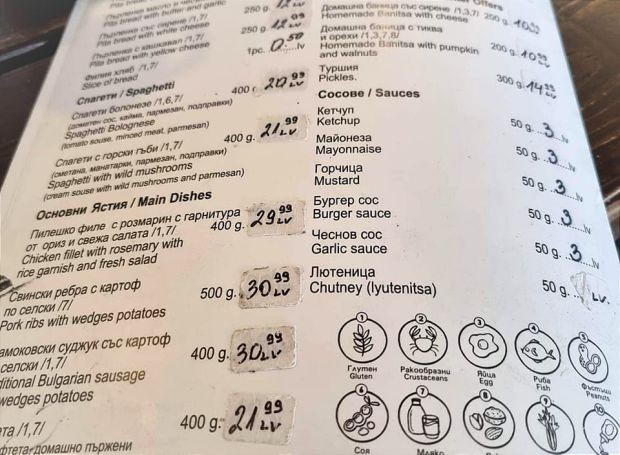In Spain, according to the latest reports from the Carlos III Health Institute and the Ministry of Health, air pollution is responsible for more than 10,000 premature deaths each year. Pollution has a significant short-term impact on health, six times greater than mortality from traffic accidents. However, to date, only fifteen urban areas have action protocols in the event of episodes of poor air quality, despite the fact that the 2007 state law requires their implementation in all agglomerations and municipalities with more than 100,000 inhabitants ( 64 currently).
Among the cities with protocols are Avilés, Gijón, Oviedo, A Coruña, Barcelona, Gijón, León, Madrid, Murcia, Seville, Valencia, Valladolid, Zaragoza and the main towns in the metropolitan areas of Barcelona and Madrid.
However, important cities such as Alicante, Bilbao, Cartagena, Córdoba, Elche, Granada, Málaga, Palma, Las Palmas, Pamplona, Santa Cruz, Vigo or Vitoria lack protocols, despite the fact that the Government and the autonomous communities approved in 2021 the Framework Action Plan for air pollution episodes. The few existing protocols are very varied in terms of the pollutants considered, thresholds and scope of the measures, which must include immediate and extensive restrictions on the movement of vehicles or point sources of pollution.
The Royal Decree published last Tuesday reiterates the obligation of these protocols in all autonomous communities and town halls with more than 100,000 inhabitants, but does not establish a maximum period for their approval. This decree, which modifies the air quality regulation, establishes minimum activation, information and alert thresholds for the main pollutants, including for the first time thresholds for the most dangerous particles. However, these thresholds are higher than those set by the WHO, so they are insufficient.
According to Ecologistas en Acción, given that most urban pollution comes from traffic, especially from cars, a large part of the measures to reduce pollution should be aimed at limiting the use of the car, through actions that reduce speed and the use of the car, channeling mobility towards public transport and modes of transport


